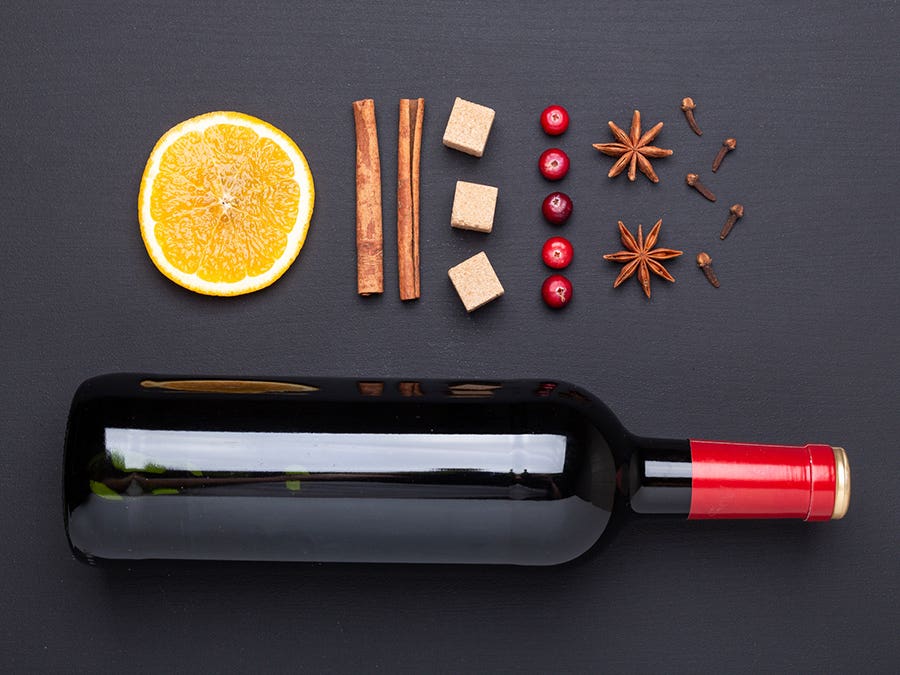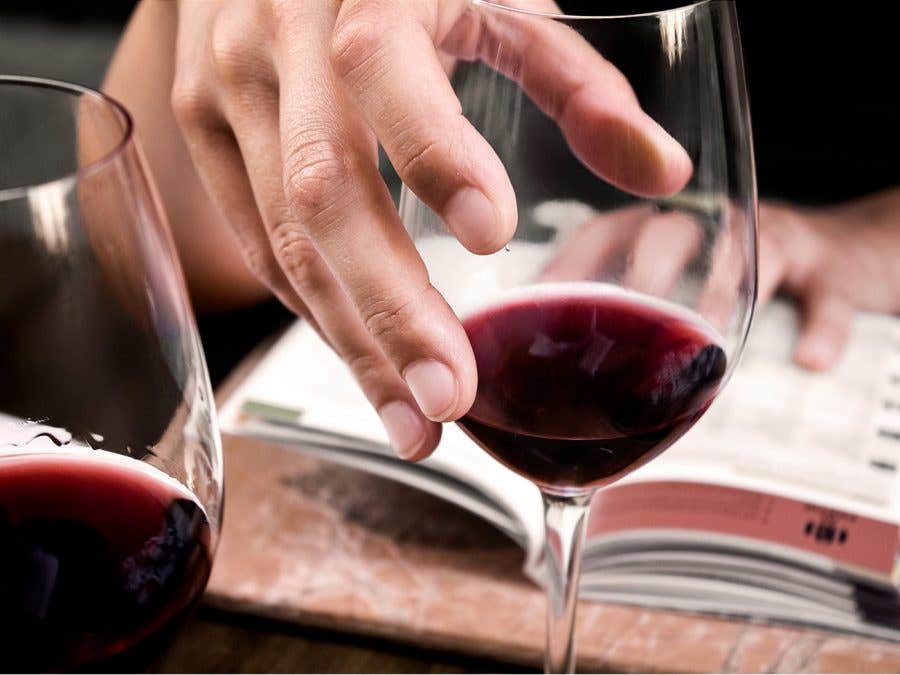A sommelier’s choices in the cellar can make a whole world of difference. But each grape has its own particular aromas that help a taster to identify it.
Smell and aromas
Even though the first step to tasting a wine involves sight, it’s smell that plays the most important role. The olfactory bulb is a powerful tool that allows you to identify a wine’s aromas.
“Smell is an extremely powerful sense, but it’s completely underused. And the memory of aromas? Even less so. Here’s a simple exercise: fill several small opaque pots (yogurt cups or cardboard cups) with different aromatic substances (fruits, spices, fresh herbs, chocolate, peanut butter, coffee, soy sauce, the list goes on), cover them with a piece of aluminum foil, in which you’ve poked two or three small holes, and ask people to smell and to identify. You would be surprised how, when blinded like this, people have a hard time discerning common scents. The results are very revealing of our olfactory capacity. It’s an exercise that has always been a part of my wine pedagogy” – Véronique Rivest, sommelier.
Here’s an excerpt from Véronique Rivest’s text “The senses and words of wine”.
Test your knowledge of the main aromas of the following grape varieties by filling in the missing aroma:
White grape varieties:
Chardonnay: lemon, ________, acacia, _______, vanilla, _______, ________.
Chenin blanc: ________, chamomile, ______, pear, _________.
Riesling: _________, flint, ______________.
Sauvignon blanc: ________, freshly cut grass, ______.
Red grape varieties:
Grenache: cocoa, ____________, spices, _______, wild blackberry, ________, _____, heath.
Cabernet-sauvignon: cassis, _______, blackberry, _____________, mint.
Merlot: _____, spices, _______.
Pinot noir: _______, wild strawberry, _____, cherry, _______, cassis, ____, clove, __________.
Answers
White grape varieties:
Chardonnay: lemon, apple, acacia, toast, vanilla, butter, almond.
Chenin blanc: apricot, chamomile, honey, pear, linden.
Riesling: lemon, flint, gasoline.
Sauvignon blanc: lemon, freshly cut grass, box tree.
Red grape varieties:
Grenache: cocoa, raspberry, spices, coffee, wild blackberry, pear, plum, heath.
Cabernet-sauvignon: cassis, cedar, blackberry, green pepper, mint.
Merlot: plum, spices, blackberry.
Pinot noir: Morello cherry, wild strawberry, pepper, cherry, violets, cassis, leather, clove, plum.
Related Posts
-
Read more
Its versatility has made it one of the most popular spirits in the world. Vodka lovers, learn more about its origins, traditions, and possible food and drink pairings.
-
Read more
Start the new year on the right foot with our Top 20 wines taken from four wine guides written by your favourite contributors. Whatever your taste, budget, or occasion, we have a wine for you!
-
Read more
Pop the bubbly and discover the perfect pairings for each taste tag!
 Free in-store delivery with purchases of $75+ in an estimated 3 to 5 business days.
Free in-store delivery with purchases of $75+ in an estimated 3 to 5 business days.













